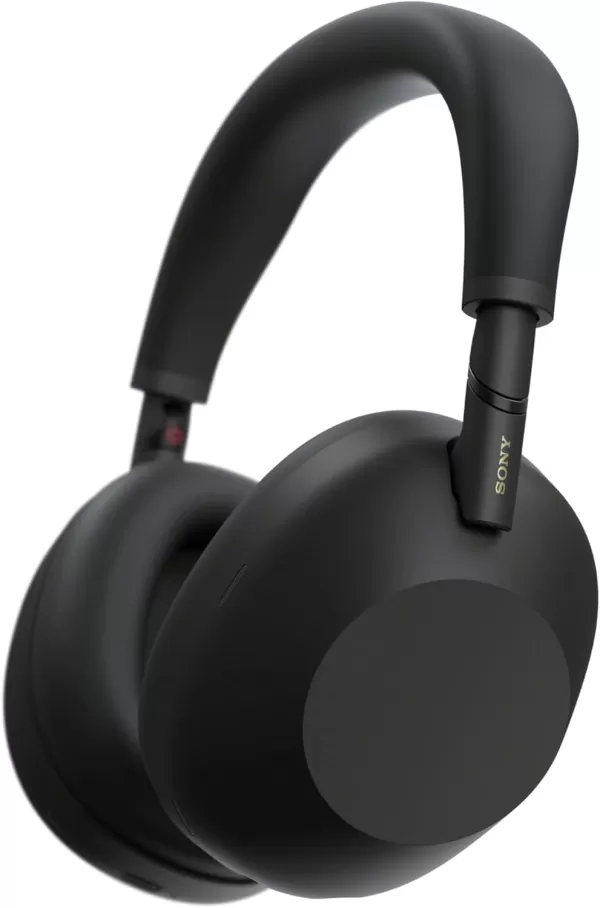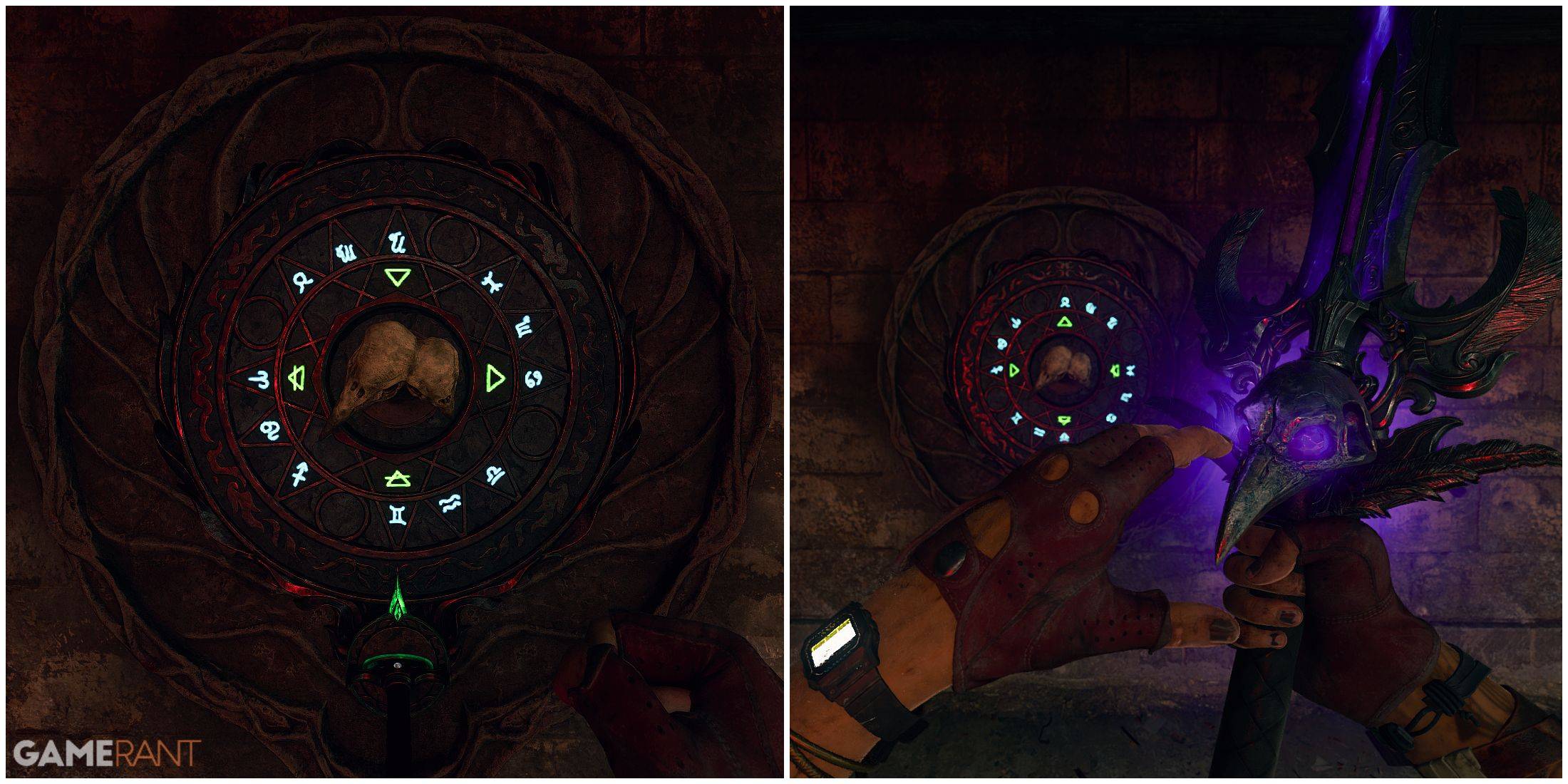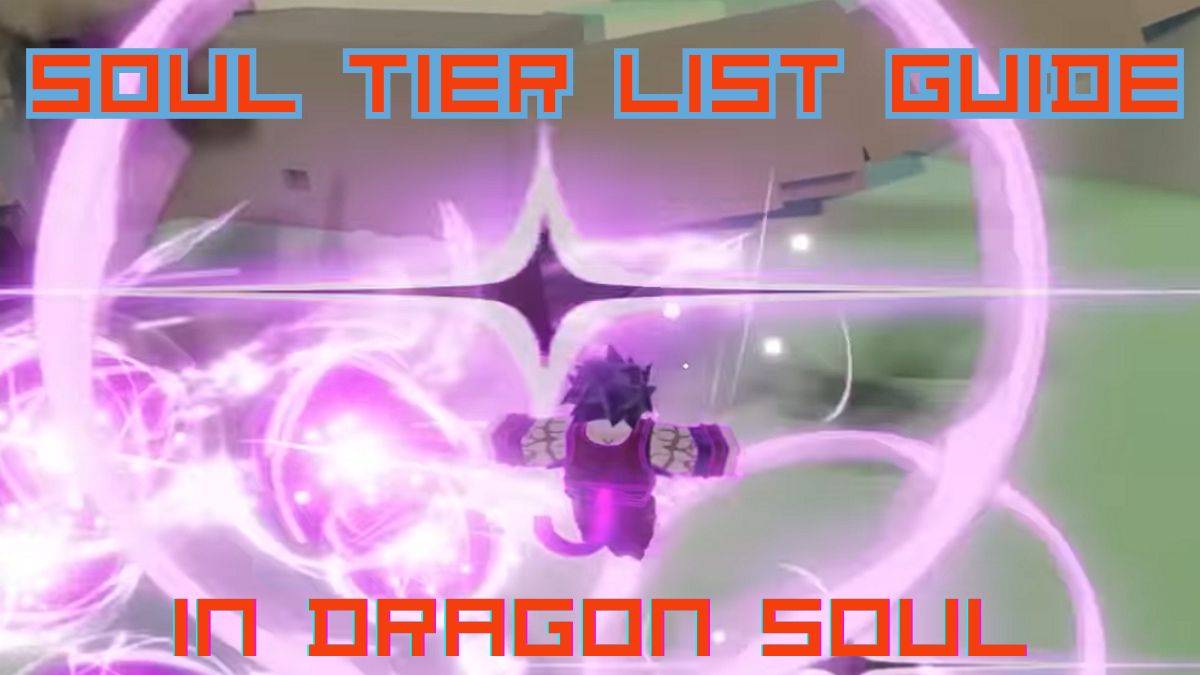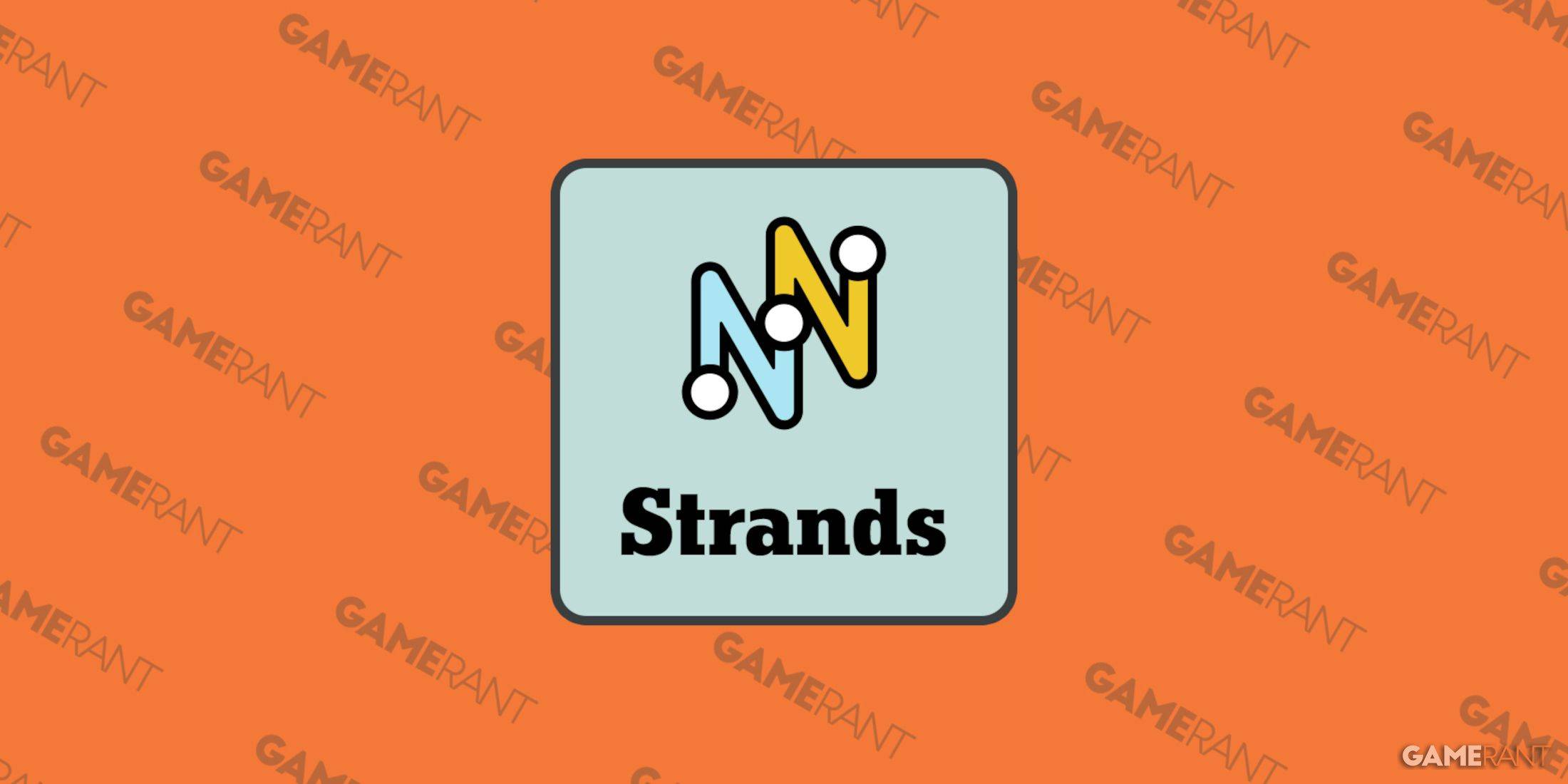Xbox Prices Rise; Analysts Predict Similar Increases for PlayStation
- By George
- May 23,2025
A few weeks ago, Microsoft announced a global price increase for all its Xbox Series consoles and many accessories, alongside a confirmation that some new games would be priced at $80 this holiday season. Just a week prior, PlayStation had similarly adjusted console prices in select regions, and shortly before that, Nintendo raised prices on its Switch 2 accessories and introduced its first $80 game.
The impact of tariffs has now materialized, leading to a wave of price increases across the gaming industry that can be overwhelming to track. In an attempt to understand these changes following Xbox's announcement, I consulted with a group of analysts to discuss the reasons behind these hikes, the future cost of gaming, and the potential implications for the industry and major players like Xbox. The reassuring news is that video games, consoles, and major platforms are not at risk of disappearing.
However, the less favorable news is that gaming, along with many other products, is set to become more expensive.
Why is Everything So Expensive?
When asking analysts about the reasons for these price increases, the answer was clear: tariffs. Microsoft's consoles, manufactured in Asia, have been directly affected by these tariffs. Dr. Serkan Toto, CEO of Kantan Games, Inc., remarked, "Microsoft's consoles are made in Asia, so seriously: who in this world can now be surprised about these price hikes?" He further explained that the timing of the announcement, amidst tariff uncertainty in the U.S., was strategic to minimize potential backlash. Microsoft's decision to implement global price hikes all at once was seen as a smart move to avoid prolonged consumer discontent.
Joost van Dreunen, a professor at NYU Stern and author of the SuperJoost Playlist newsletter, supported this view, stating, "Microsoft is ripping off the Band-Aid all at once rather than death by a thousand cuts." He interpreted the synchronized global price adjustment as a strategic response to tariff pressures, aiming to consolidate consumer reactions and maintain competitive pricing in a market increasingly focused on services.
Other analysts, such as Manu Rosier from Newzoo and Rhys Elliott from Alinea Analytics, also highlighted tariffs as a significant factor. Rosier noted that the timing allowed Xbox’s partners and consumers time to adjust, while Elliott explained that the price increase on games was a way to offset higher hardware manufacturing costs due to tariffs.
Piers Harding-Rolls from Ampere Analytics pointed out additional factors contributing to the price increase, including persistent inflation and rising supply chain costs. He also mentioned that the launch prices of competitors like the Switch 2 and Sony's recent price adjustments made it easier for Microsoft to act now.
Blinking Third
The broader question on everyone's mind is whether Sony will follow Microsoft's lead with price increases on PlayStation hardware, accessories, and games. Most analysts I spoke with believe it's likely. Rhys Elliott was particularly confident, predicting that PlayStation would also raise software prices, stating, "This is just the beginning... Every publisher — first- and third-party, PC and console alike — that can charge $80 will charge it."
Elliott further explained that higher price ceilings could lead to more varied pricing strategies, with games at different price points to cater to different consumer segments. Interestingly, EA announced it would not raise prices on its games, at least for now.
Daniel Ahmad from Niko Partners noted that Sony had already raised console prices in some regions outside the U.S., suggesting that similar increases might soon come to the U.S. market. James McWhirter from Omdia added that PS5's manufacturing in China makes Sony vulnerable to U.S. tariffs, although the timing of console sales, particularly in Q4, provides some buffer.
Mat Piscatella from Circana was cautious about predicting Sony's moves but referenced the Entertainment Software Association's comments on tariffs' impact on game prices, emphasizing that rising prices are a symptom of broader economic pressures.
Nintendo, meanwhile, hinted at potential future price adjustments if tariffs continue to fluctuate.
Video Games Are Fine... But Are We?
Amid concerns that these price hikes could harm console manufacturers, analysts reassured that the impact on major corporations would be minimal. Microsoft's recent 'This Is An Xbox' campaign was cited as evidence of its preparedness for such changes. Although Xbox hardware sales have been declining, the company is shifting towards a service-oriented model, less reliant on hardware sales.
Piers Harding-Rolls predicted a continued decline in Xbox hardware sales but highlighted a potential boost in Q2 2026 with the launch of GTA 6. He noted that while higher prices might dampen sales, the delay of GTA 6 could be more significant for 2025 performance.
Analysts like Elliott and Rosier suggested that overall gaming spending might not decrease significantly but could shift. Consumers might become more selective, favoring subscriptions, discounted bundles, and live-service games over full-priced titles. The U.S. market, being the largest for consoles and directly affected by tariffs, might feel more of the impact, while growth is expected in Asian and MENA markets.
James McWhirter emphasized that the pricing of full games might not follow inflation as closely, but the trend towards $80 games, as seen with Xbox and Nintendo, indicates that more publishers will likely follow suit. He also noted that publishers would continue to add value post-launch through discounts, DLC, and other strategies.
Mat Piscatella expressed a more cautious outlook, suggesting that economic pressures might drive consumers towards free-to-play games and existing devices, potentially reducing spending on new hardware. He acknowledged the increasing uncertainty in the market, making any forecast challenging.
In conclusion, while the gaming industry navigates these price increases, the shift towards services and more accessible gaming options could redefine how and where consumers spend their gaming dollars.
Latest News
more >-

-

-
- Star Wars Outlaws Coming to Nintendo Switch 2
- Dec 13,2025
-
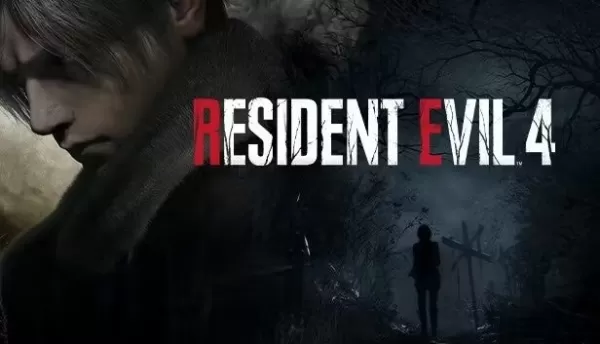
-
